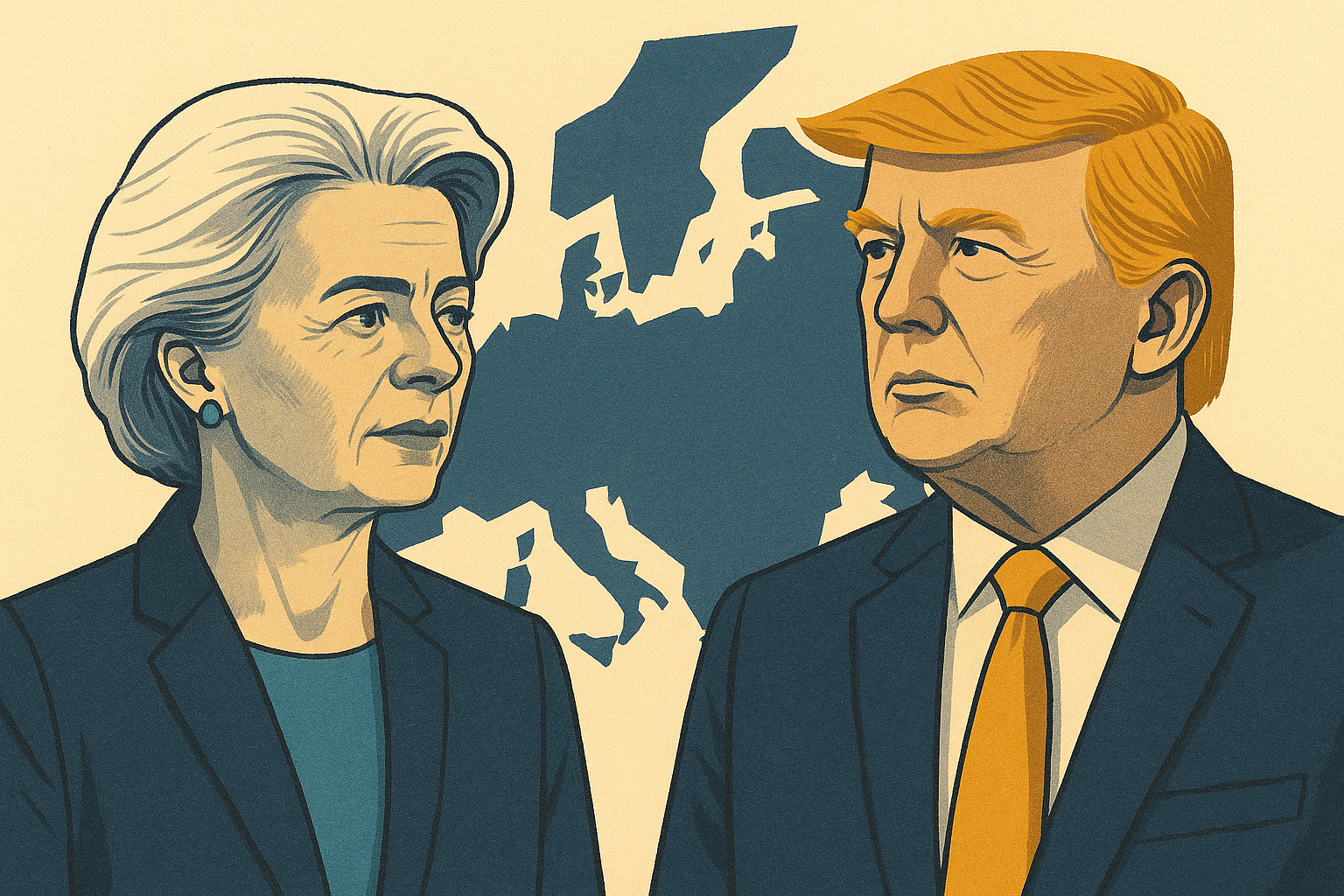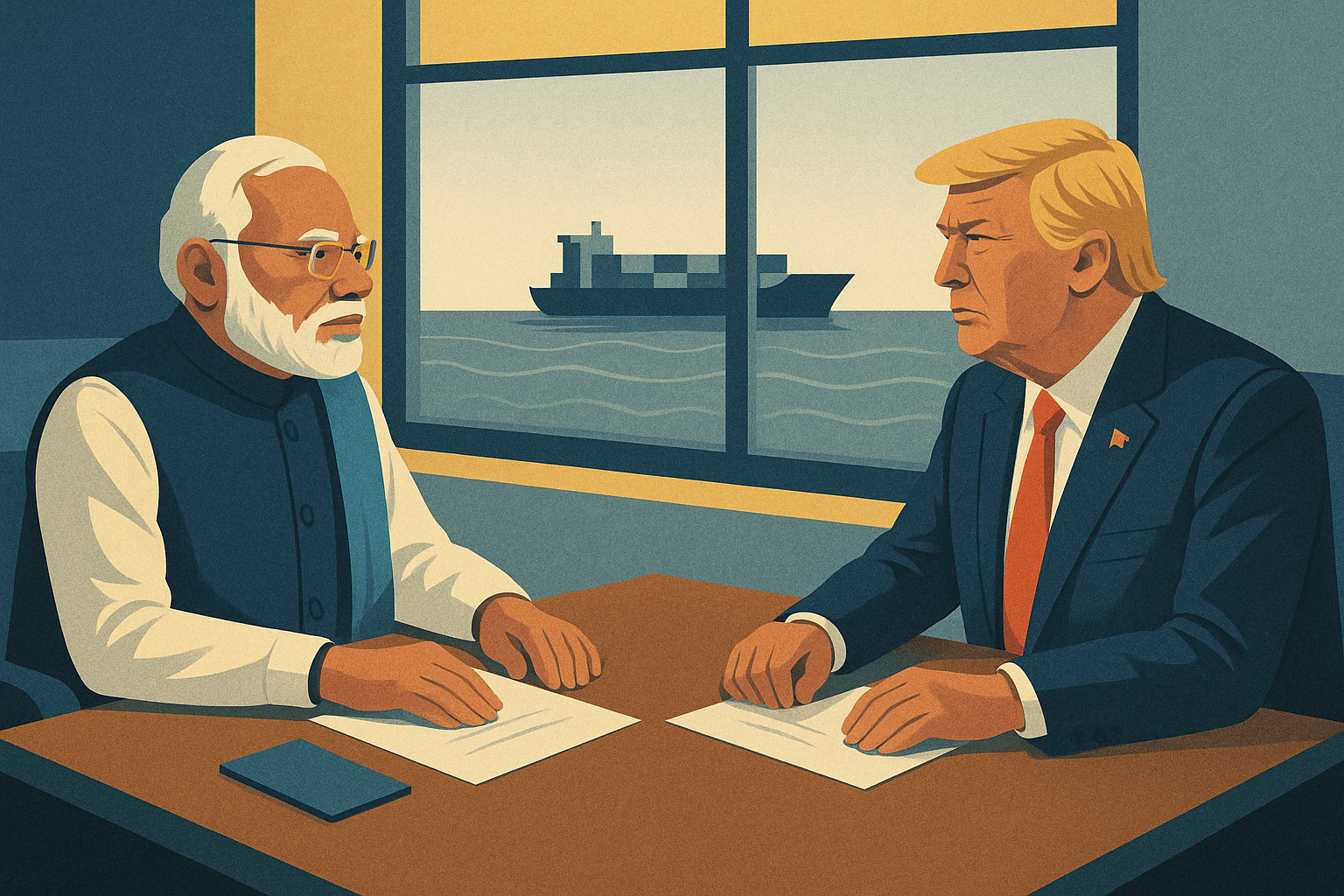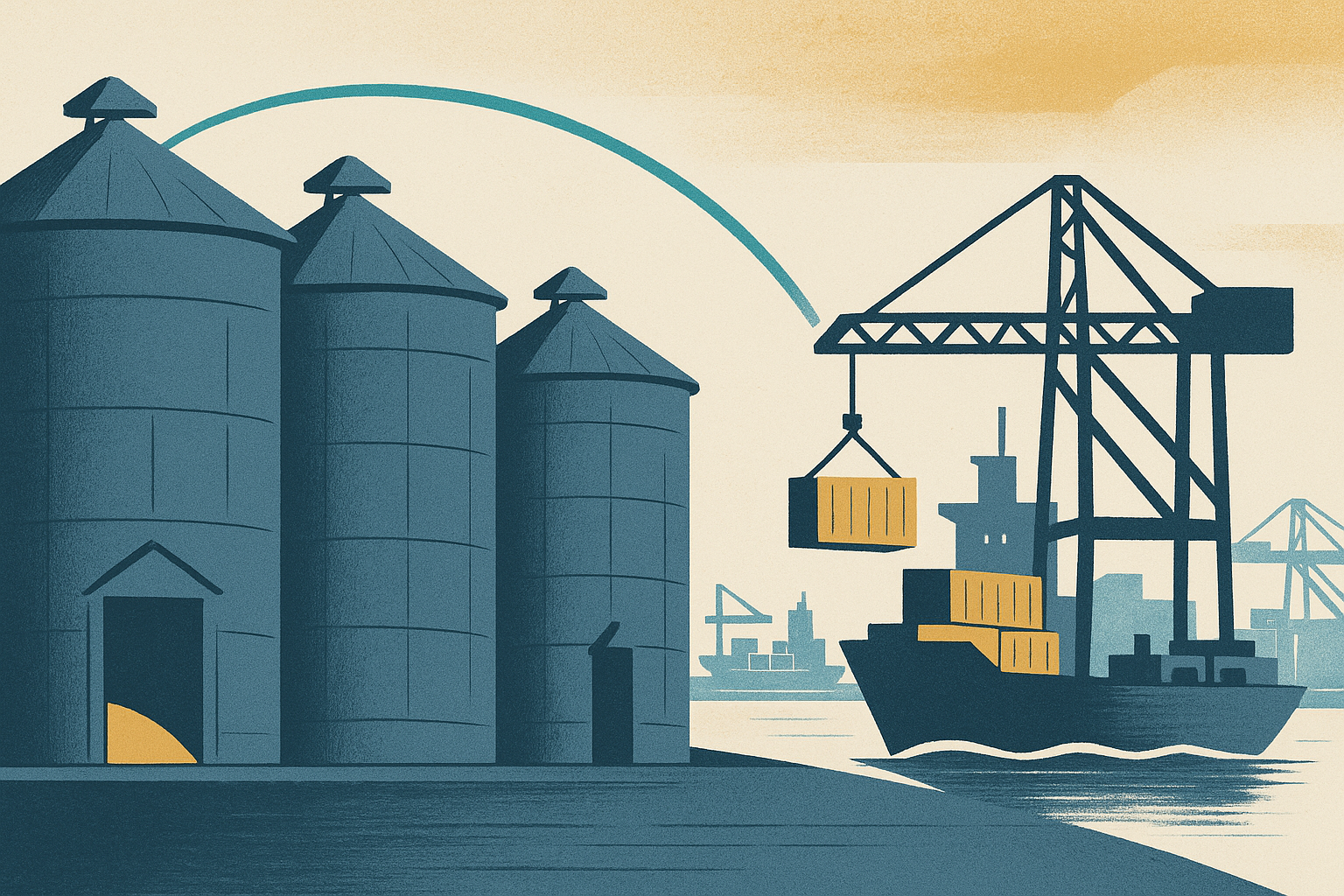International Trade
-
UK and Canada strengthen tech partnership at G7
UK and Canada agree partnership to modernise public services. The deal will expand AI adoption, strengthen semiconductor research, and build collaboration in digital infrastructure between the two countries.
-
US-Indonesia trade deal imperilled as Jakarta retreats on commitments
U.S. officials warn Indonesia is reneging on vital trade commitments. The 2025 agreement promised sweeping tariff cuts and non-tariff barrier removal. Jakarta now reportedly seeks to reclassify parts of the accord as non-binding. Markets and businesses await clarity as negotiations enter a critical phase.
-
EU to press US for fuller delivery on July trade accord
Brussels prepares to push Washington over stalled tariff reforms. The European Union will urge the United States to honour more of July’s trade agreement, including cutting 50 % tariffs on steel and aluminium imports, amid concern that delays are undermining post-pandemic industrial competitiveness and transatlantic supply-chain recovery.
-
Canada signals caution in resuming US trade talks
Canada will restart trade discussions with the US when conditions align. Prime Minister Mark Carney said there is currently no pressing issue to raise with President Trump.
-
EU signals investment push in Australian critical-minerals projects
Europe is eyeing stakes in Australian resource ventures. The European Union has announced plans to invest directly in Australian critical-minerals operations to secure key supply for its green transition, Trade Commissioner Maroš Šefčovič said following talks in Melbourne with Australia’s Resources Minister Madeleine King.
-
U.S. tariffs and chip curbs deepen strain on Asia’s trade axis
China’s October exports fell 1.1% as U.S. tariffs dampened demand. Japan faces its first contraction in six quarters, and Washington has moved to block Nvidia’s AI chip sales to China — three fronts of tightening pressure across Asia’s trade and technology corridors.
-
Trump announces US–Uzbekistan trade deal
Trump announces new US–Uzbekistan trade and investment deal. The agreement, unveiled in Washington during a summit with Central Asian leaders, forms part of a wider US effort to deepen influence in the region’s critical industries and expand commercial links across energy, aviation, and technology.
-
Trump and Takaichi seal rare-earths pact
Trump met Japan’s new prime minister in Tokyo on Monday. The two leaders signed a critical-minerals deal to reduce reliance on China, as the U.S. president praised Sanae Takaichi’s historic appointment and reaffirmed the nations’ long-standing security alliance.
-
India and U.S. near deal to cut tariffs on exports
India and the United States are nearing a major trade deal. The agreement, first reported by Mint, would cut U.S. tariffs on Indian exports from about 50% to between 15% and 16% — the most substantial adjustment to trade terms between the two countries in more than a decade.
-
China imports no US soybeans in September for first time in seven years
China imported zero soybeans from the United States in September 2025. The absence of U.S. shipments — the first in seven years — highlights deepening trade frictions and a reordering of global agricultural supply chains.






